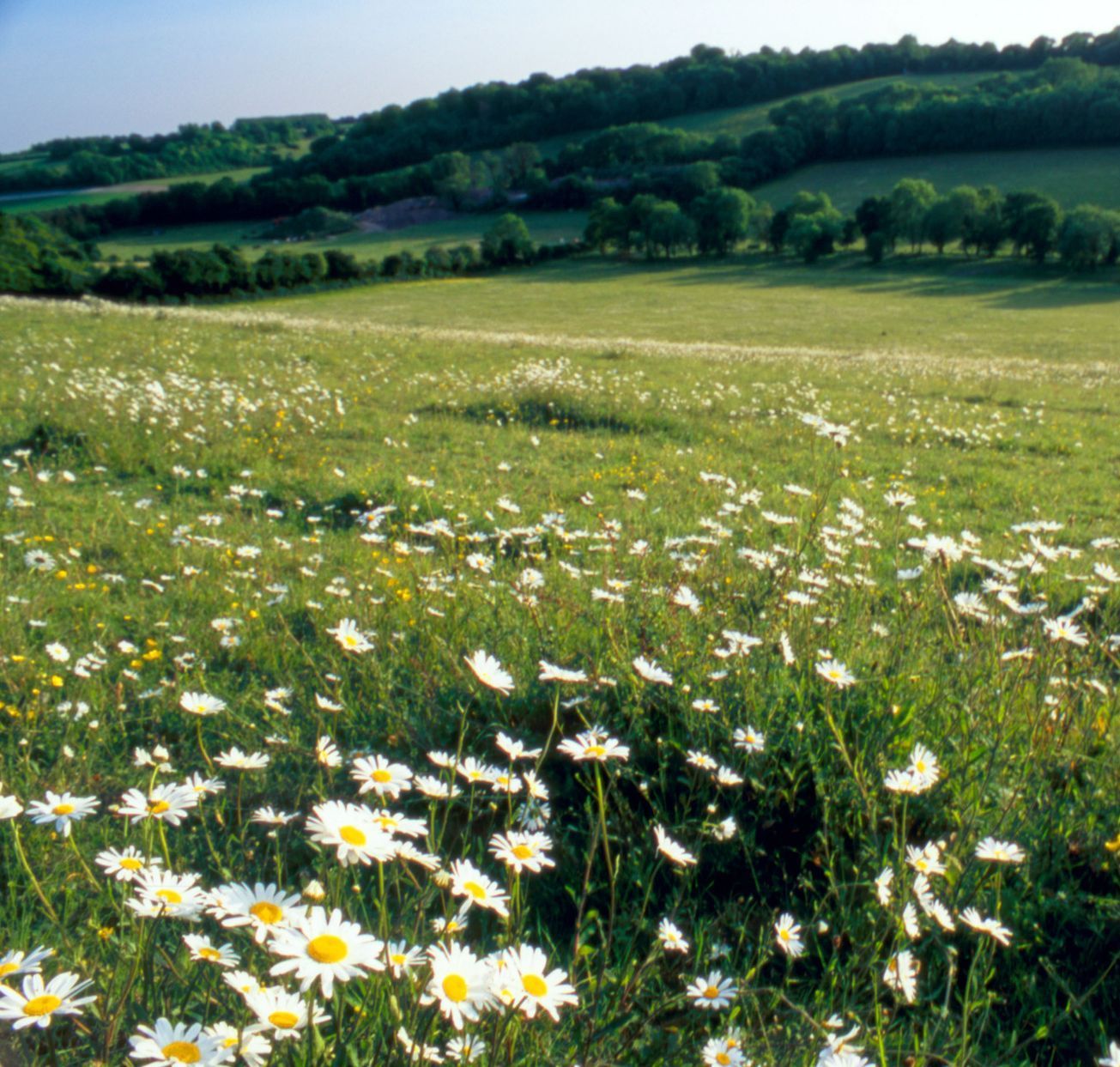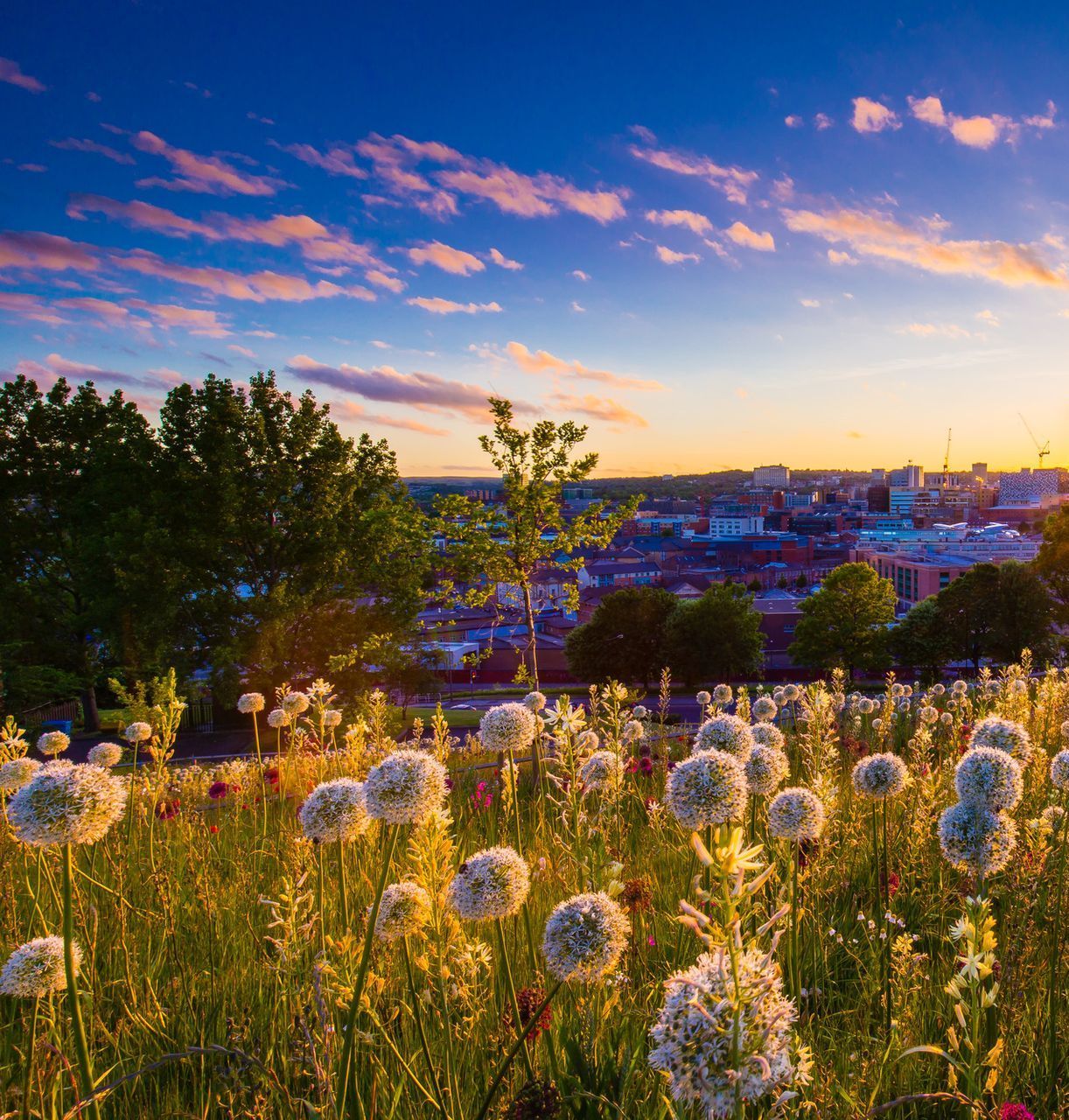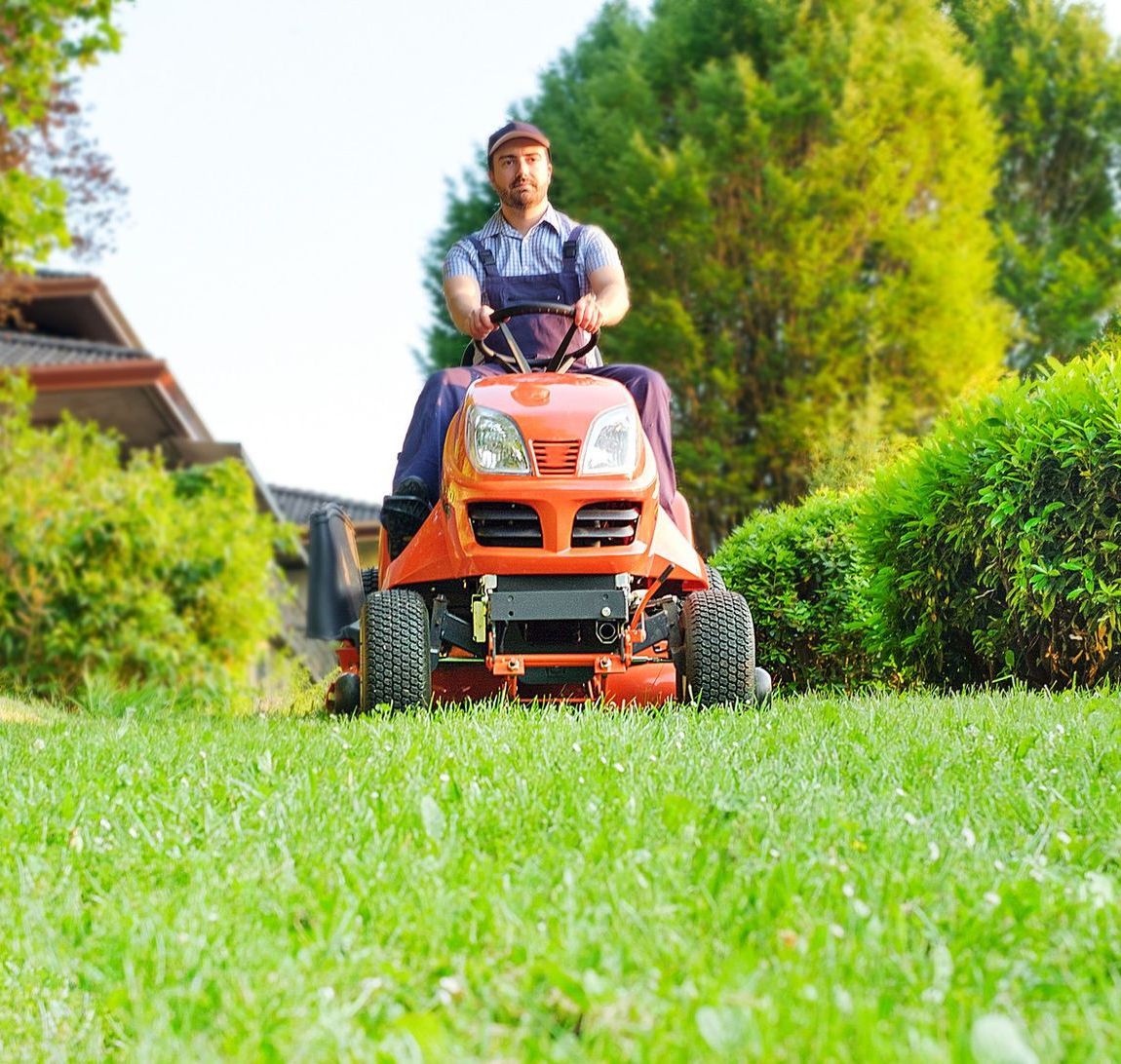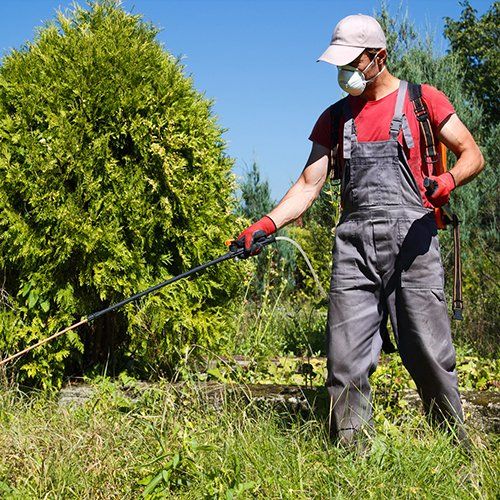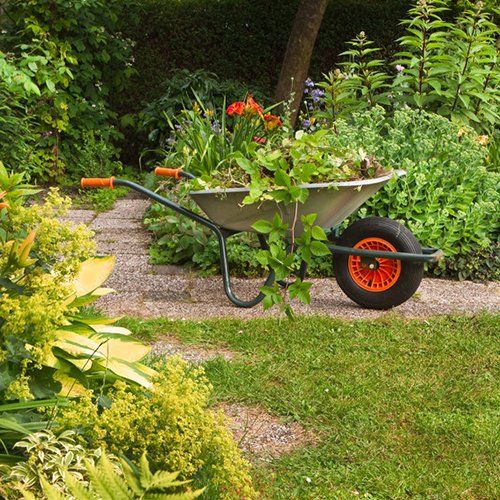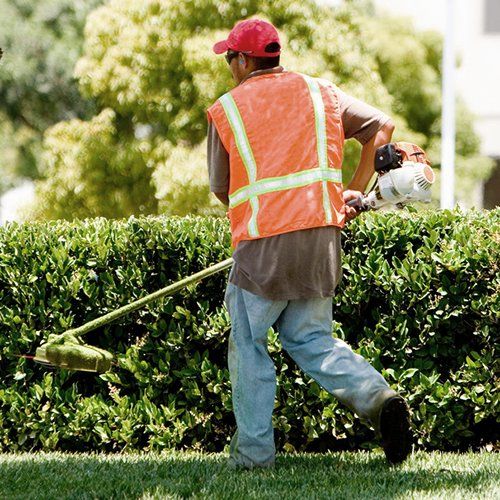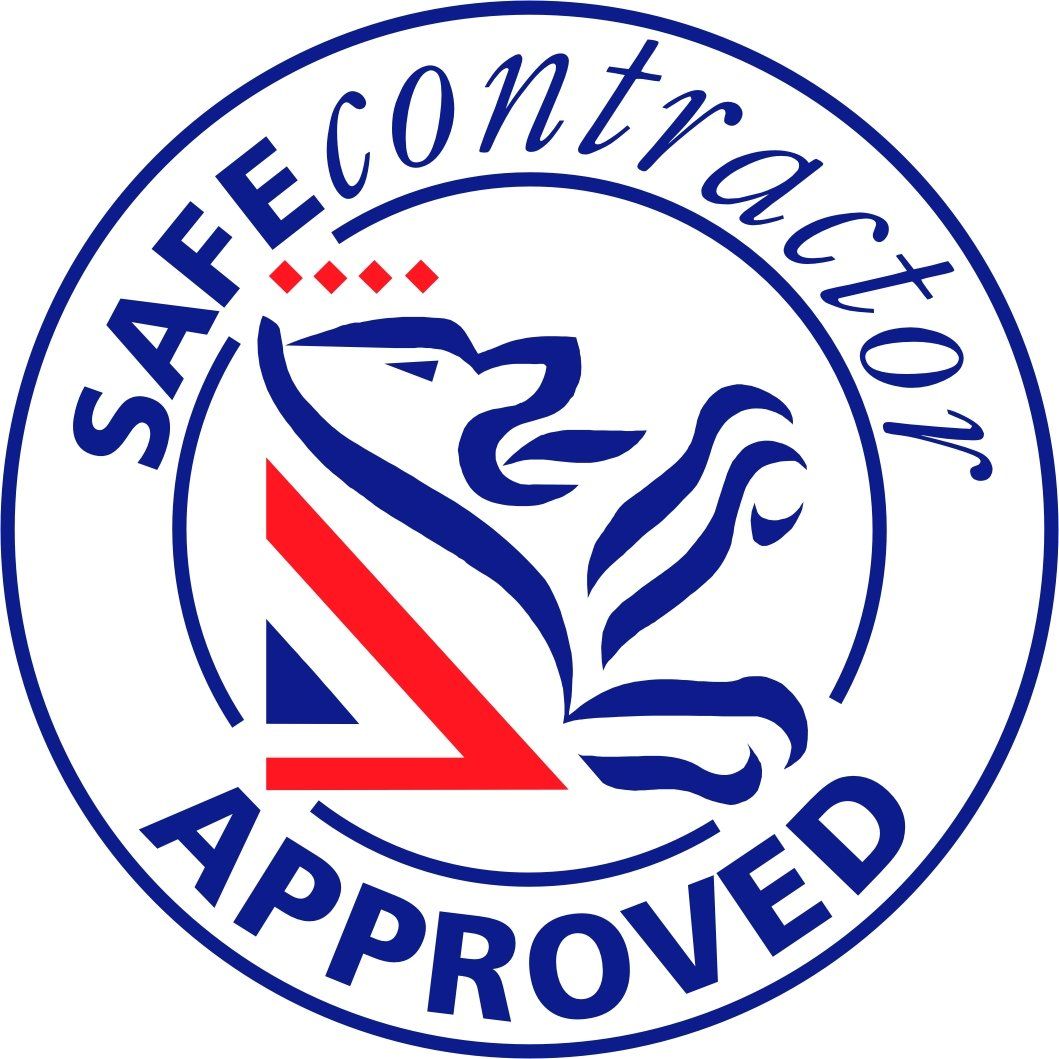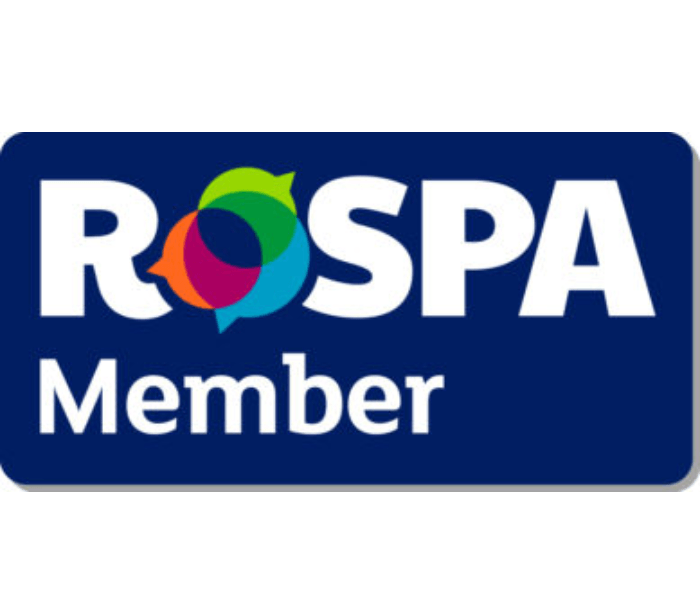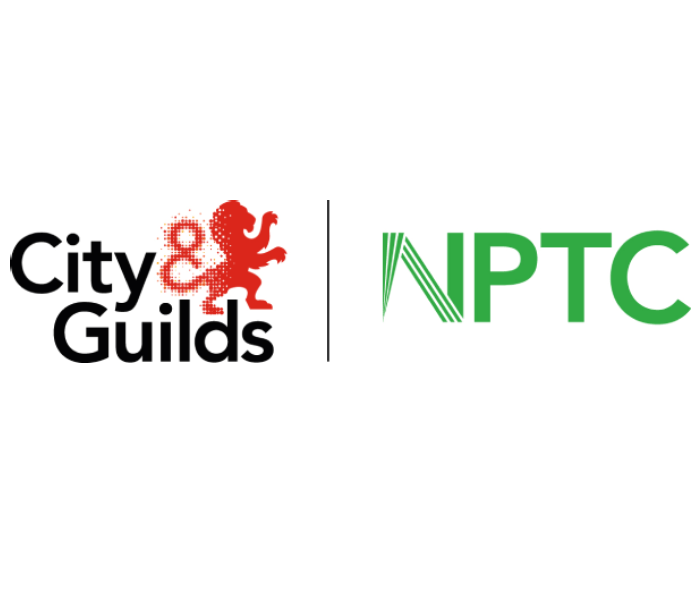WILDFLOWER MEADOW MAINTENANCE
Wildflower Meadow Management Throughout Edinburgh, Glasgow & Surrounding Areas
Management is key to success
Wildflower meadows take a while to establish and the first year of management is key to success:
• Cut the meadow regularly at a high level (around 10 cm) to keep vigorous grasses at bay
• Avoid cutting in spring and early summer if the mixture contains yellow rattle or cornfield annuals
• Make sure you walk through the area first to scare away any wildlife that could be injured by the mower
• Always remove all of the cuttings and compost away from the area
• Pull up any vigorous undesirable plants such as nettles, thistle and docks
Management in the future:
• For a spring flowering meadow you should mow from late June to October
• For a summer flowering meadow, cut between late July and March.
• However if the meadow is large enough, try cutting different sections at different times of year from early July through to early September. This will give the greatest diversity in sward and structure. If you continuously cut early then the plants may never set seed, but if you always cut late then the meadow will become ranker and lose diversity.
• Each time you mow, aim to keep sward height low (approximately 5 cm).
• Always remove cuttings
• Try to leave an area at the edge of your meadow uncut where invertebrates and other animals can spend the winter. You could rotate the uncut area on a 3 or 4 year cycle to prevent it becoming dominated by vigorous grasses
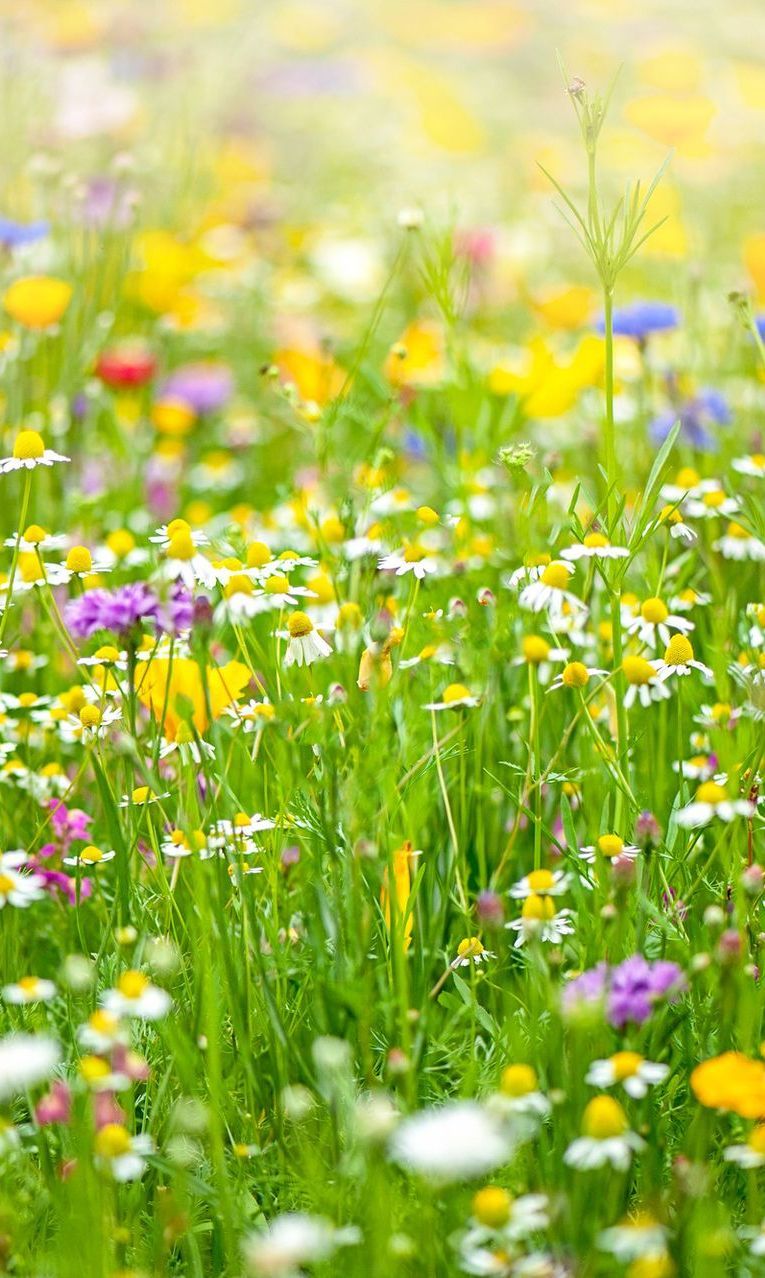
Wildflower areas - when to cut
Wildflower areas (A1, A2, A4, A5, A7) are to be cut in early spring (before the first week in April) to 100mm removing all clippings. Then cut twice to 100mm in autumn (after mid August) with six weeks between cuts. The autumn cut ‘hay’ is to be left and turned to allow seed to drop back onto the ground before being uplifted and removed from site. These areas must not to be cut between the first week of May and the second week of August.
Mown Paths/Fringes
For all meadows, we recommend that groups mow the fringes of footpaths, car parks or roads to maintain a neat, tidy and sharp appearance. Cutting a single mower-width strip around perimeter is usually enough. For larger meadows, we suggest mowing meandering paths through them. These paths should take into account desired lines and points of interest along the way.
Get a quote
Pathways will help draw people into the meadows and can significantly increase the amount of walking trails and natural play opportunities in your community. A good example of this can be seen on the Glens Great Grassland Trail in Antrim, where the local primary school was involved in the layout of the mown paths. They incorporated the humps in the ground into the path network so the meadow doubled up as a natural play area including for BMX cycling.
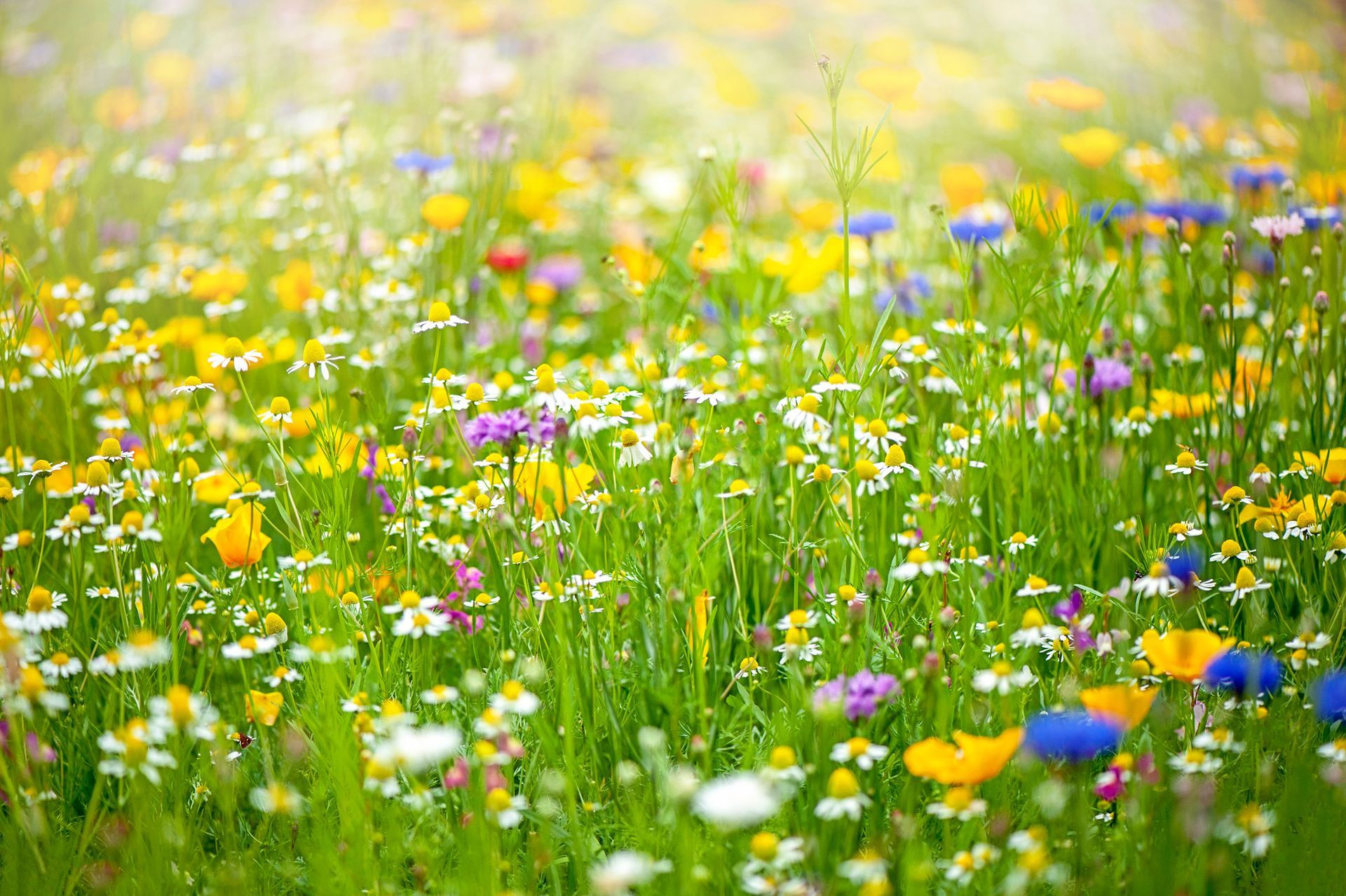
A Note on Noxious Weeds:
The control of noxious weeds often raises lively debates amongst conservationists. These wildflowers are native and valuable wildflowers for biodiversity. However, it is important that groups understand that there is legislation regarding the control of noxious weeds, and it is the responsibility of the landowner / occupier to control the growth and spread of these species from their land.
We recommend that groups control noxious weeds by removing manually before they go to seed, and use proper protective gear. In addition; if the plan for the hay involves it being taken by a local farmer as bales, it must be remembered that the presence of these species can be harmful to livestock.
Cutting your meadow
A hay meadow requires a cut and lift (removal of the hay from the meadow area) at the end of the season. This is typically in September (although if your meadow is rich in late flowering species you may wish to delay this to allow them to set seed). A second cut and lift may be required in early spring to remove winter growth.
Hay meadows significantly reduce the amount of time spent on grass-cutting during the growing season, but they do pose a few challenges at the end of the season:
1. How are you going to cut it?
2. How are you going to gather and remove the hay from the meadow area?
3. What are you going to do with the hay?
As standard lawnmowers (push or ride-on mowers) will not be able to cut long meadows, you will need to find alternative solutions. Much will depend on the size of the meadow and availability of volunteers or contractors with the right machinery. For larger meadows, it is worth checking if there are any local farmers or grass contractors who are willing to cut and bale the grass for you.
For small- to medium-size meadows, smaller tractors (similar to those used on sports grounds) and mechanical equipment like power scythes and brush cutters are ideal. There is also the traditional handheld scythe, which in the hands of a skilled operator is very effective. A word of caution; care should be taken when using any of this equipment as any accidents with them can be serious.
You also need to consider how you are going to gather the cuttings and remove them from the meadow area. The hay should first be gathered into rows which are then gathered into individual stacks similar to traditional haycocks. These are then gathered up and removed from the meadow. If you are getting a contractor to cut the meadow it is worth getting them to manage this part as well.
Another time and potential cost saving measure is to check if there are other local groups with meadows. If so, there may be an opportunity to join forces for the end of season cut that will benefit all parties.
As we expand the amount of community meadows throughout the country, there is a growing case for local authorities and contractors to invest in machinery capable of managing meadows. The role of community groups here is to encourage them to do so, and support local contractors that do make this investment.
get in touch
Thank you for contacting us.
We will get back to you as soon as possible.
We will get back to you as soon as possible.
Oops, there was an error sending your message.
Please try again later.
Please try again later.
© 2024. The content on this website is owned by us and our licensors. Do not copy any content (including images) without our consent.

